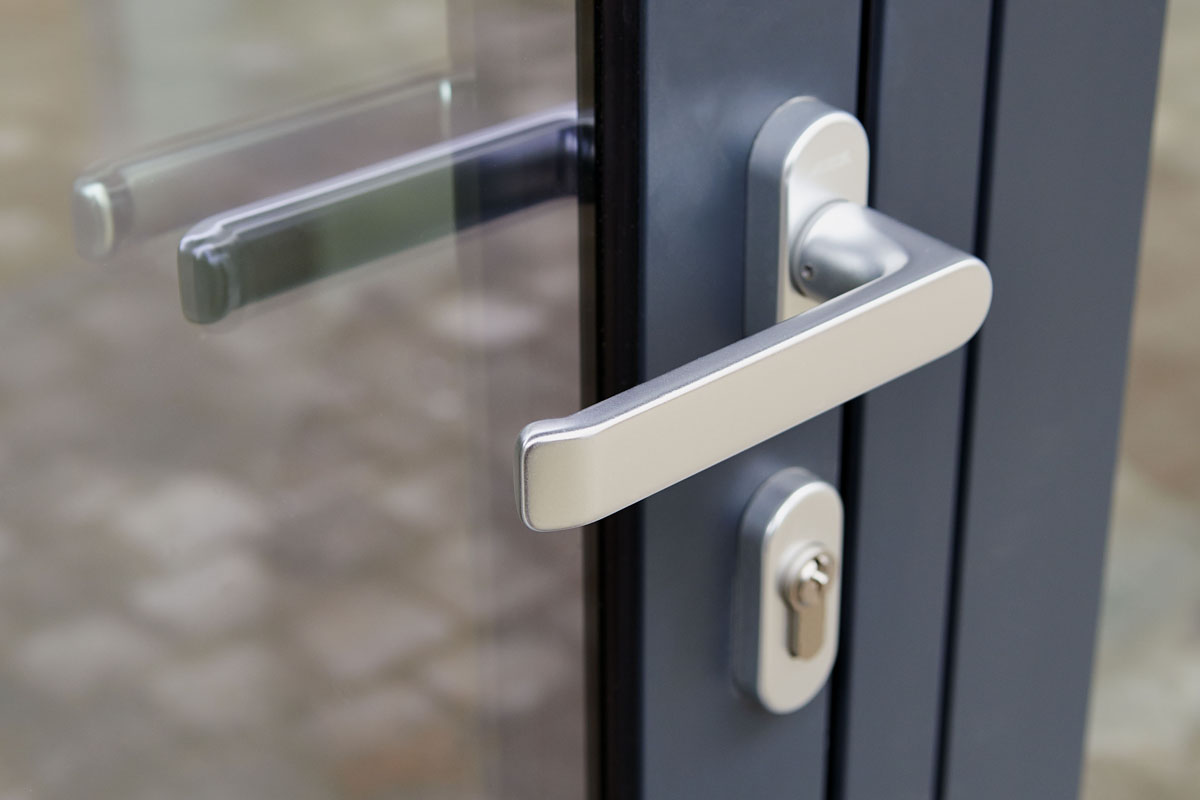A security door doesn’t need regular replacement like a filter or a smoke alarm, but there are situations where replacement is wise or even necessary. Here’s a breakdown of how often and when you should replace a security door:
🕒 Typical Replacement Timeline
-
Every 20–30 years, depending on materials, climate, usage, and maintenance.
-
In high-wear or coastal areas, 15–20 years may be more realistic.
-
If it’s a low-quality model or poorly installed, it may need replacement even sooner.
🔍 Signs You Should Replace a Security Door
You should consider replacing your security door as soon as any of these apply:
1. Structural Damage or Warping
-
If the door is bent, warped, or dented, it may no longer align properly or resist forced entry.
2. Rust or Corrosion
-
For steel doors, visible rust—especially around hinges, locks, or the bottom—can compromise strength.
-
Aluminum or mesh doors can also corrode in coastal climates or if seals are broken.
3. Lock or Frame Failure
-
If the locking system doesn’t work securely or the frame has shifted, the door can’t perform its primary job.
4. Outdated Security Standards
-
Older doors may lack modern features like multi-point locking systems, tamper-proof hinges, or reinforced steel mesh.
-
Upgrading improves both security and insurance peace of mind.
5. Cosmetic Degradation
-
Peeling paint, cracked mesh, or fading can make your home look dated—even if security is still intact.
-
This is especially relevant for curb appeal if you’re planning to sell.
🛠️ Can You Repair Instead of Replace?
Yes, in some cases:
-
Locks and handles can be replaced.
-
Hinges can be realigned or reinforced.
-
Rust spots can be cleaned and repainted if caught early.
But if the frame or core structure is compromised, replacement is the safer choice.
✅ Pro Tip:
Have your security door inspected every 5–7 years by a professional (especially in extreme climates). This helps catch issues before they become major problems.
🏜️ What to Look For in a Security Door for Arizona
☀️ Climate Considerations
-
UV-resistant finishes: Intense sun can fade paint and dry out finishes. Choose powder-coated or specially UV-treated surfaces.
-
Rust resistance: Even in dry climates, monsoon rains can cause flash rusting. Aluminum or galvanized steel is ideal.
-
Heat resilience: Avoid doors that warp or expand excessively in high temperatures—solid steel or composite frames are better than wood cores.
-
Insect protection: Choose mesh options that double as bug screens—important during Arizona summers.
✅ Features to Prioritize
| Feature | Why It Matters |
|---|---|
| Multi-point locking | More secure than single deadbolt systems |
| Steel or aluminum frame | Durable and heat-tolerant |
| Perforated steel mesh | Maintains airflow without sacrificing security |
| Tamper-proof hinges | Prevents doors being lifted off |
| Powder-coated finish | Lasts longer in sun and dust-prone areas |
| Custom sizing | Old homes or stucco entries often need fit adjustments |
💡 Bonus Tips for Arizona Installations
-
Install an awning or porch cover if your entry is in direct sun—this prolongs door lifespan.
-
Consider smart locks or deadbolts rated for high temps—standard ones can jam in heat.
-
Match color tones to reflect heat (e.g., bronze, white, or light gray).
[/vc_column][/vc_row]
C&I Show Security Systems Offers Access Control System Installation in Phoenix, AZ
C&I Show Security Systems is a GSA Contract Holder providing ADA Power Operations throughout the Phoenix, Arizona valley. Click here to see a full list of commercial access control systems we offer.





